4 Common Parenting Styles, and How They Can Affect Your Kid in the Future

It’s scalding hot. You arrived in Egypt a few hours ago, but you’re already standing in the middle of the town of Saqqara, in front of Egypt’s oldest pyramid. You realize you forgot to put on sunscreen, but you don’t even have time to think about that. The task at hand is much more important and exciting than sunblock. You were called to report on recent findings of Ancient Egyptian mysteries. We’re talking about things that are being unearthed after 4,000 years. Do you get how important that is?
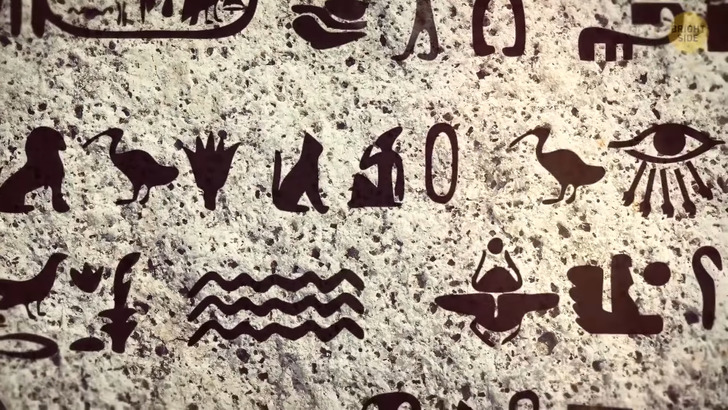
At the site, archeologists are buzzing with excitement because they believe they have found one of Egypt’s oldest complete mummies. For someone who’s only ever seen the movie “The Mummy,” you can’t believe you’re about to witness one in real life. The last year has been a good year for Egyptology, with many new discoveries being made about life in Ancient Egypt.
Including this beautiful and well-preserved mummy of a wealthy man called Hekashepes. He was discovered in a deep shaft, covered in layers of gold leaves. There are many symbols that show he was an important and wealthy man. Like the band he wore on his head, the bracelet on his chest, and the fact that he was embalmed with a tunic. The most exciting part of the entire discovery was finding the resting place sealed with mortar, just as the Ancient Egyptians did 4,300 years ago. If you think about it, it’s almost like entering a time capsule!
You take a moment to admire the Pyramid of Djoser at Saqqara. This 6-tier, 4-sided structure is the earliest stone building in Egypt. It was also in Saqqara that archeologists found the earliest recordings of Egyptian writing. They’re called “The Pyramid Texts.” Cool name, huh? These texts were hieroglyphic writings carved on the walls of pyramids in Egypt’s Old Kingdom, somewhere around 2575 BCE up until 2130 BCE.
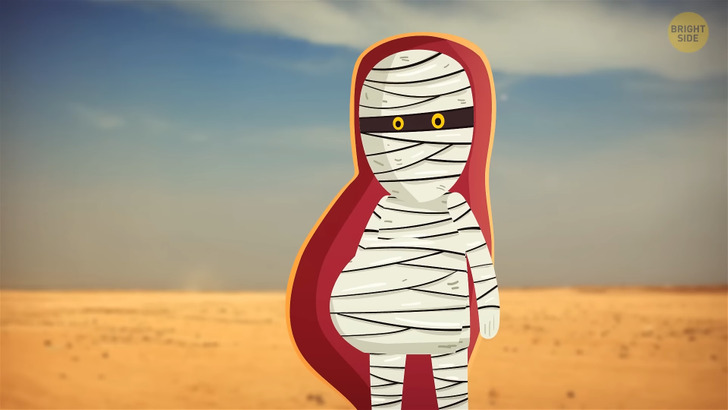
Oh, and what’s that? Your archeologist buddies are having a steamed debate on a recent ground-breaking find: the discovery of the first-ever pregnant mummy. Even if we know quite a lot about mummification processes, we keep making discoveries that open new doors into the lives of Ancient Egyptians. It took so long for someone to find out this mummy was expecting at the time she was embalmed because she was placed in a male’s coffin.
Historians say that during the 19th century, a lot of traders mixed coffins up in order to sell them. Yes, that means they opened them and switched mummies to please their buyers. Your friends are so stoked about this latest mummy finding because it will probably help archeologists to understand more about maternity in ancient Egyptian times since very little is known about that.
And speaking of mummies, how about we do a quick “True” or “False” round to see if you can spot a few myths regarding them — ready? Would you say that mummification “recipes” vary across Egypt? Yes or No? This is 100% true! Archeologists have found out that mummification methodologies differed between cities and also between time periods. It’s almost like some Ancient Egyptians “forgot” what their ancestors used to do and tried to figure it out all over again. It’s also true that in some richer cities, such as Thebes, modern-day Luxor, residents had access to the latest mummification materials. But in more remote areas, far away from trade networks, these ingredients weren’t available, so they had to use what they had at hand.

Here’s another mummy trivia for you. Is it true that Egyptians upcycled coffins? This may be hard to believe, but it’s true! If you think we invented upcycling, think again. We also owe that to our Ancient Egyptian buddies. Wood for coffins was scarce and expensive. Apparently, a good casket could cost up to 5 goats or 250 loaves of bread. So, to save time and money, a lot of embalmers snuck inside pyramids and stole caskets already in use. Hey, hopefully, none of these coffins had curses on them...
Back in Cairo, you’re ready to visit the great Pyramids of Giza. The Egyptology world has been shaking since scientists uncovered a very well-hidden secret inside Khufu’s Pyramid. Or should I say: a very well-hidden tunnel? Some say this is one of the most important discoveries of the 21st century. Why, though? Because it might have solved the mystery of how Ancient Egyptians built the famous Pyramids of Giza in the first place!
Until this day, there has been little proof of how Egyptians managed to move such absurdly heavy limestones up and around. Some say they had the help of extraterrestrial beings. Others suggest they might have used ramps.
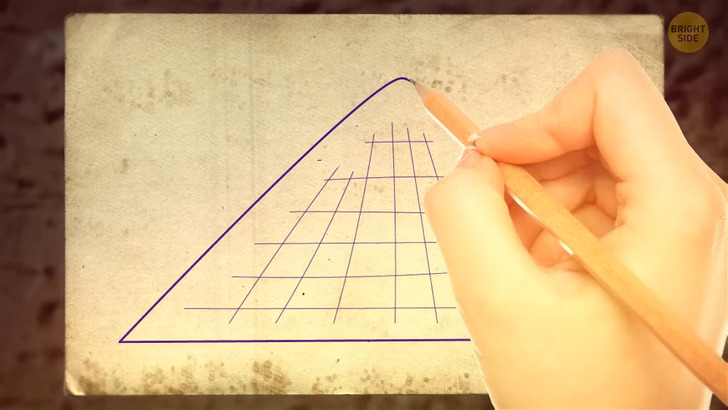
The earliest guess on what method Egyptians might have used to construct the Pyramids comes from Herodotus, a Greek scholar from 450 BCE. He claims that the Pyramids of Giza were most likely built first as a stepped structure and only after that, their edges were smoothed. But Herodotus’ account isn’t considered by modern-day Egyptologists as true. They have other guesses.
One of these guesses is the internal ramp and Big Void theory. For years, architects have talked about this “Big Void” at the center of the Khufu Pyramid. But no one knew for certain what it was. That is, until recently, when the “Scan the Pyramids” project used infrared technology to investigate the Big Void. And that’s when they found an internal ramp!
If this theory is true, this is what could have happened. Egyptians could have used an external-side ramp on the south side of the Pyramid, together with a spiraling internal ramp. These ramps would have been used as a type of scaffolding, a way to help them drag heavy blocks of stones around. Imagine the internal ramp like a counterweight tool, much like a modern-day elevator.
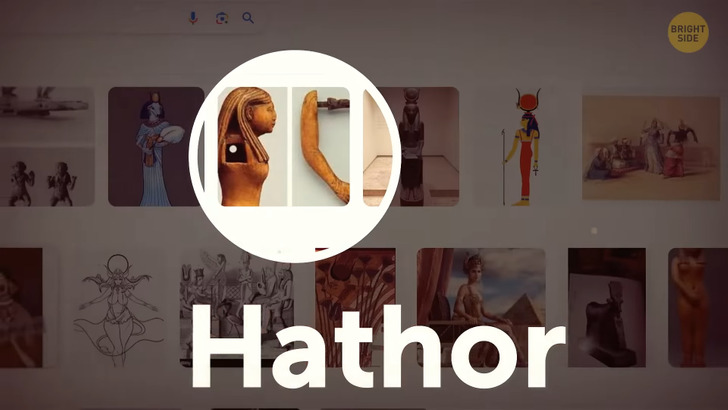
Wow! This trip is getting better by the minute. There are still some mysteries to unfold. Tell me one thing, would you believe me if I told you Ancient Egyptians invented robots? No? Well, that’s because that’s not entirely true. Sure, they were astronomers, mathematicians, and engineers, and somehow they also squeezed an eccentric invention into that package: an automated deity.
Meet Hathor. That’s what scientists named her because she was probably built to represent the real Hathor, an ancient Egyptian symbol of motherhood, music, and singing. This wooden statue had been in the Metropolitan Museum of Art for years before someone noticed its secret. With the help of an X-Ray machine, specialists discovered a mechanical operating system inside it. The pulley-like axis goes from the statue’s shoulder to her left leg. When the system rotates, the statue raises and lowers her hand. Let’s keep in mind that this was made over 3,000 years ago. Yet it looks like an invention from the 19th Century CE! It’s simply mind-boggling!
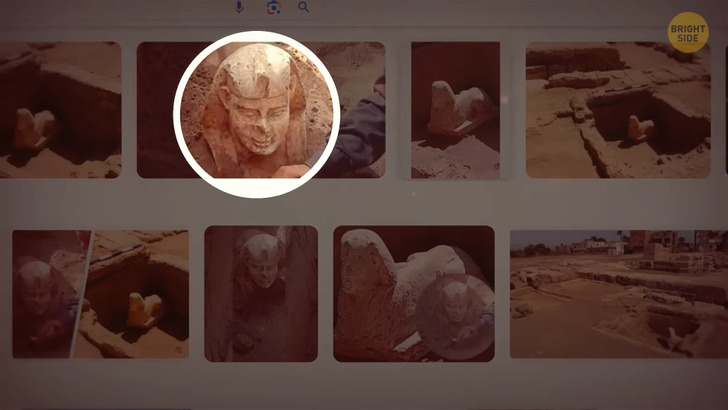
Last on your list is the Sphinx. But I’m not talking about the Great Sphinx of Giza. I’m talking about a much smaller and happier sphinx. Behold: the smiling Sphinx! Equipped with a “slight smile” and even two dimples. This good-humored statue was located during the excavations of the Dendera Temple. Unlike the Great Sphinx, which is believed to have been built around 4,500 years ago, this little one is thought to be much more modern.
In traditional Ancient Egyptian culture, Sphinxes were built to represent royalty and power. Archaeologists have even found remnants of red and yellow color on the sphinx’s face. The Great Sphinx is believed to be a representation of Pharaoh Khafre. But what about this little dude? Experts aren’t 100% sure, but they believe that this statue has a great resemblance to the face of Roman Emperor Claudius.
Throughout its more than 3,000 years of existence, Ancient Egyptian society was ruled by the Roman Empire for more than 600 years. That happened from 30 BCE to around 642 CE. Even so, it’s rumored that many Roman emperors never visited ancient Egyptian cities. Could that have been the reason why they built a sphinx in homage to one of them? So far, we can’t know for sure. But hey, I hope you go back home inspired by all these new discoveries. Who knows, maybe you’ll unearth some ancient mysteries for yourself? See you!











